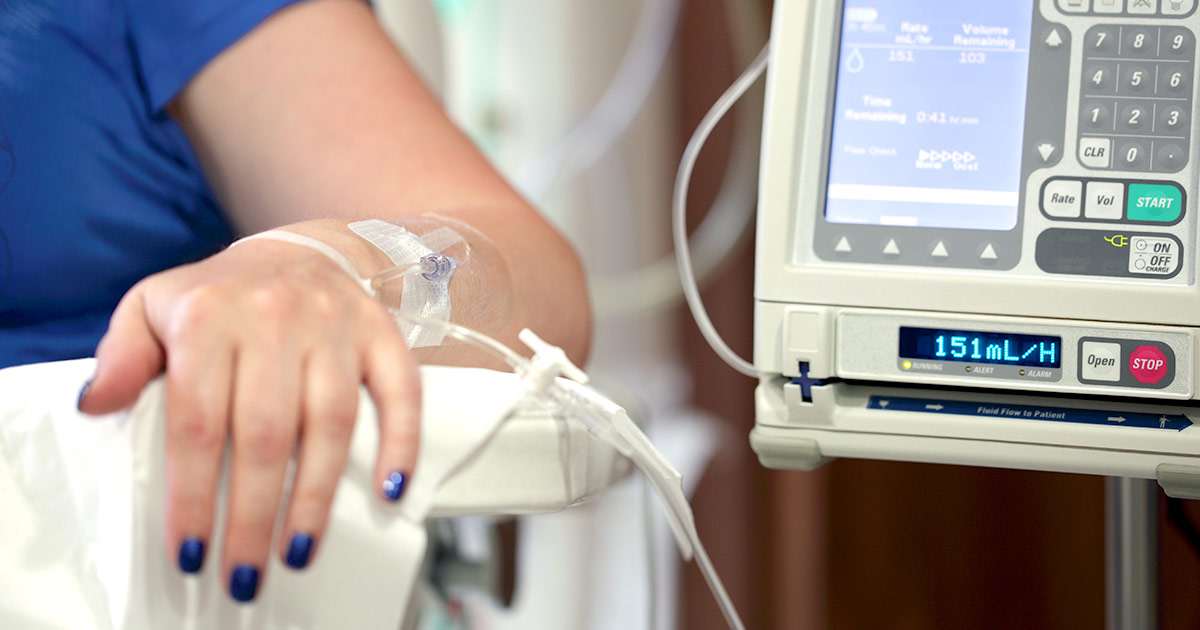Guide To Treating Bile Duct Cancer
Bile duct cancer, also known as cholangiocarcinoma, is a rare form of cancer that affects the narrow tubes which carry bile (a digestive fluid) through the liver. This form of cancer most often occurs in individuals aged sixty-five or older, and there are fewer than 20,000 cases diagnosed annually in the United States. Symptoms of bile duct cancer include jaundice (yellowing of the skin and eyes), stomach pain, unintended weight loss, intense skin itching, white-colored stools, fever, fatigue, and vomiting.
Obesity, liver disease, smoking, bile duct inflammation, and a family history of the disease are the major risk factors for this type of cancer. Cancer can also be caused by infection from the liver fluke, a parasite that lives in waters throughout Asia and the Middle East. Bile duct cancer can be diagnosed following a thorough history and physical examination, blood tests, biopsies, and imaging studies.
Surgery

Surgery can be performed to remove as much of the cancerous tissue as possible. If the tumors are very small, it may be possible for doctors to remove all of them. This may be done by removing part of the bile duct and joining the remaining ends together. For larger or more advanced cancers, doctors may also need to remove lymph nodes and a part of the liver or pancreas. For patients with hilar cholangiocarcinoma, a liver transplant may be an option. This procedure would completely remove the cancer, curing the patient. However, there is a risk that the cancer could return following the transplant.
Depending on the location, size, and number of tumors present, surgery may be recommended as the first stage of treatment. This is often the case for less advanced cancers. If tumors are larger, patients may need to have other treatments first to shrink the tumors prior to any operations. Operations for cancer require general anesthesia and are usually performed in hospitals. A stay of at least one night in the hospital is often required.
Chemotherapy

Chemotherapy (chemo) is the use of medications to kill cancerous cells. Some forms of chemo may be taken orally, while others are given intravenously. Chemo can be particularly useful when used prior to a liver transplant in patients with the hilar form of bile duct cancer. It may also be recommended for patients with a more advanced cancer to reduce symptoms and slow down the progression of the disease. In addition to intravenous methods, some chemo may be given directly into a main artery in the liver. A separate process called trans-arterial chemoembolization may be performed to place tiny chemo beads into an artery that feeds the tumor.
This type of chemo can be helpful for patients who have a form of cancer that cannot be treated surgically and for patients who are experiencing recurrent cancer. Some patients with bile duct cancer may be able to take oral chemo tablets. The most commonly prescribed ones include 5-fluorouracil, gemcitabine, cisplatin, capecitabine, and oxaliplatin. Sometimes, doctors may recommend that patients take two or more of these medications at one time. Possible side effects of these treatments vary. Patients generally experience hair loss, nausea, vomiting, diarrhea, sores in the mouth, and fatigue. They may also notice that they bruise or bleed easily, and they may experience numbness, tingling, or pain in the hands and feet.
